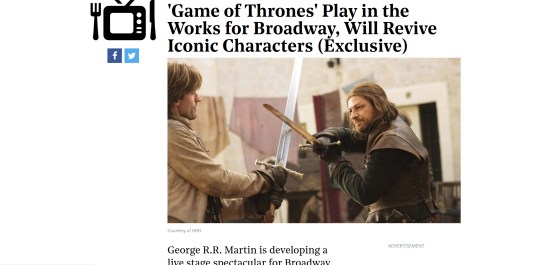In the first installment of the Crucible Army Project, I gave you an overview of painting an entire figure. The next few articles are going to focus in more depth on individual bits of figures - things like metal, skin, cloth, individual colors, and the like. For this second article, I'm going to explain how I went about painting the red parts of the army's wizard – the Arcane Master.

The Arcane Master has tons of bits and bobs hanging off of him, a few leather straps, lots of skin showing, and some pieces of cloth. Here I'll focus on the cloth. To keep the guy looking like he belongs in the army, I'll stick to the scheme of red and brown – the cloth is going to be red.
I began by basecoating the Arcane Master with a darkish brown paint. Fleshtones, metallic gold, red, and (obviously) browns all work well over a brown base, and this figure will be painted in predominantly those colors.
I started the reds by painting the cloth areas with a deep maroon color. (Partha Paints Robe Red, I believe, though it could also have been Adiken Nasty Blood.) I used two thinnish (1:1 paint/water) coats to get nice, even coverage. I got ahead of myself though – in the first picture you can see that I had already starting highlighting the top part of our guy's robe.

Next up, I begin building the highlights. I used a nice, bright red for this (Adiken Frenetic Red and Martyr Red, mixed 50-50 for me – any bright red will do, though), and I thinned it a good deal (about 1:1.5 paint/water). Reds don't typically cover well, even before you thin them, so it took me a few coats to build up the color I wanted. It's important to take the extra time and use thinned paints (in my opinion) - otherwise, you can end up with some nasty blobs or wreck some of the figure's detail).

Now, I add some yellow to the red I used in the previous step. The yellow I used is a warm yellow (it has some red in it – so it's an orangish yellow) – think 'school-bus yellow'. Remember, warm = reddish; cool = bluish. I didn't use much yellow; the mix was about .25:1 (yellow/red). I didn't add in any water, since my red from the previous step was already quite thin. I painted the new color over what I'd already done, being sure to leave some of the earlier colors showing.

Finally, I add a little more yellow to my mix. (No precise amount here – I simply stuck 1/3 of the tip of a #2 brush into my yellow paint and used that amount. My #2's tip is about 10mm long, so we are not talking about a lot of paint here.) Again, I didn't add any more water. I also didn't use a whole lot of this new color. I just used it to hit the centers of the folds and tops of raised bits. Hurrah! The reds are done!

Although I've only talked about the reds here, I'm sure you want to see the finished figure…










